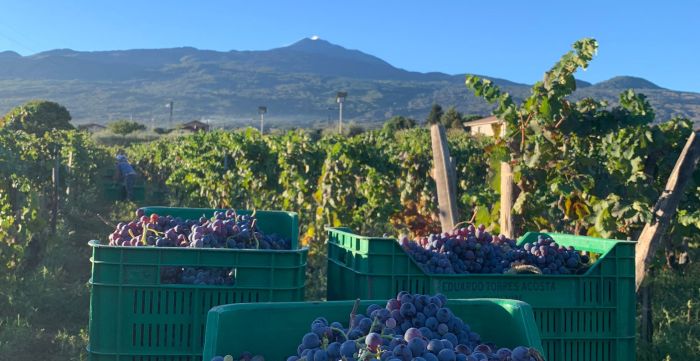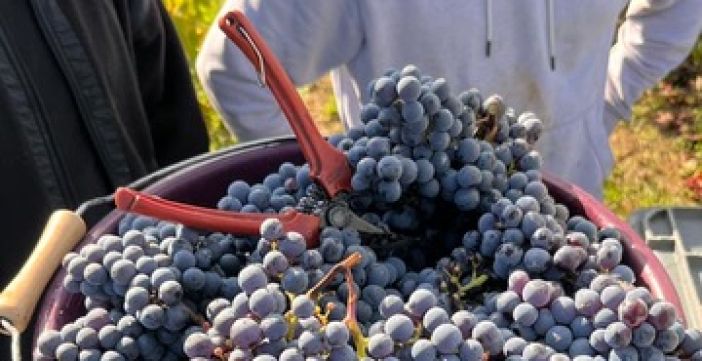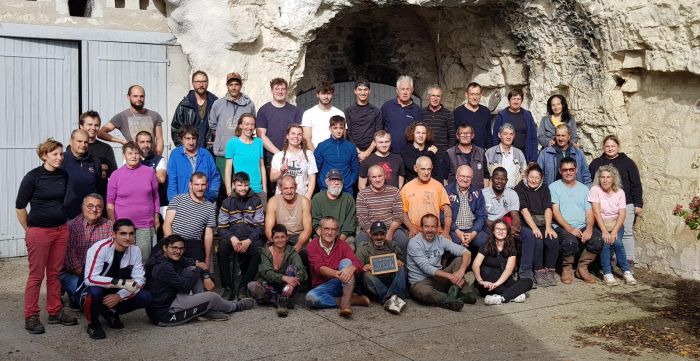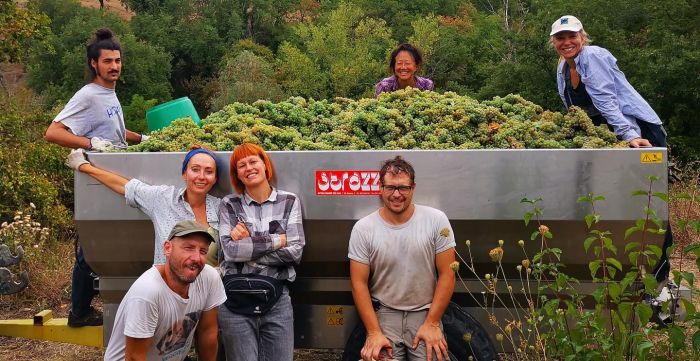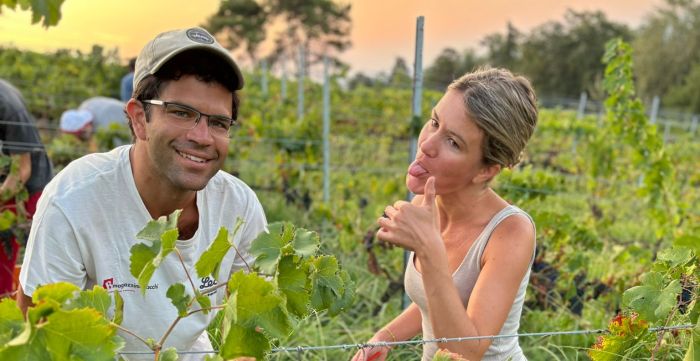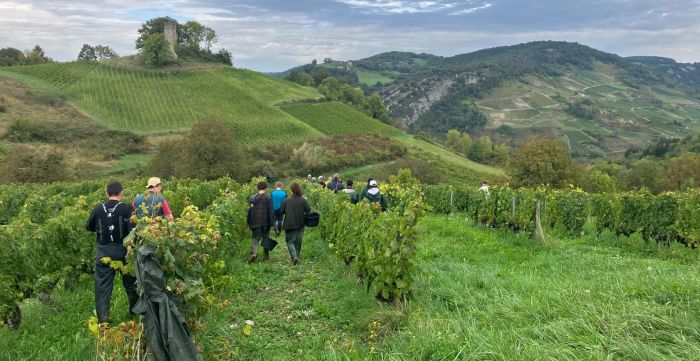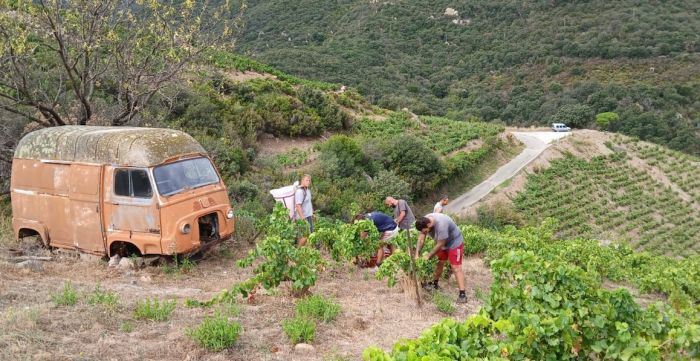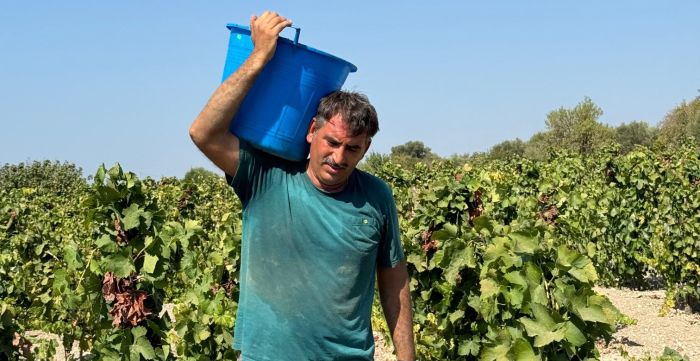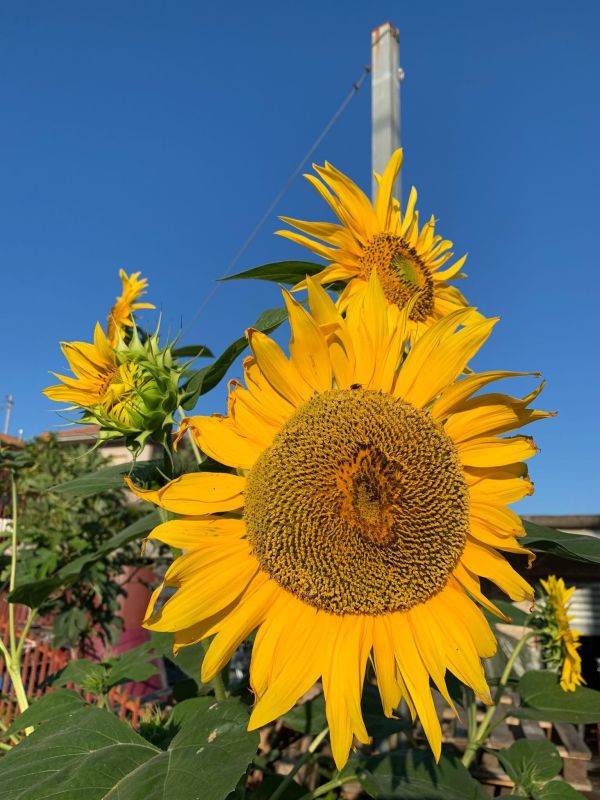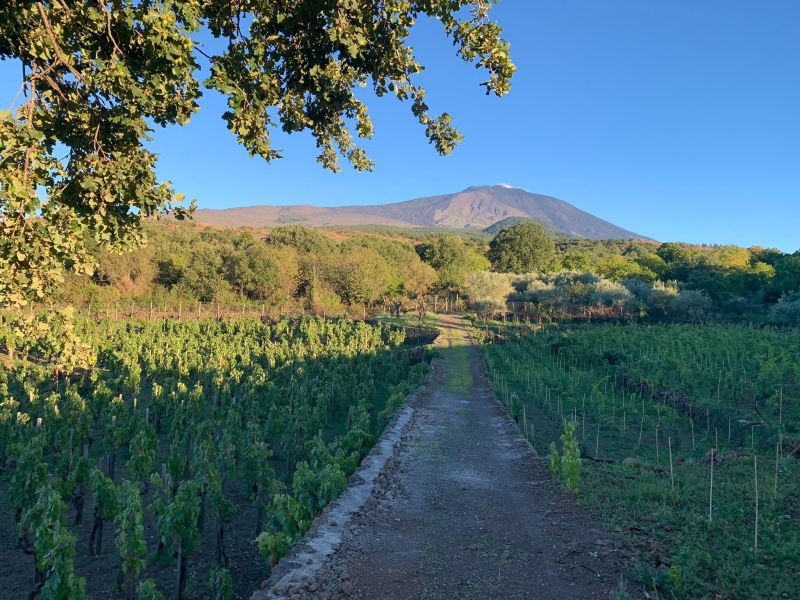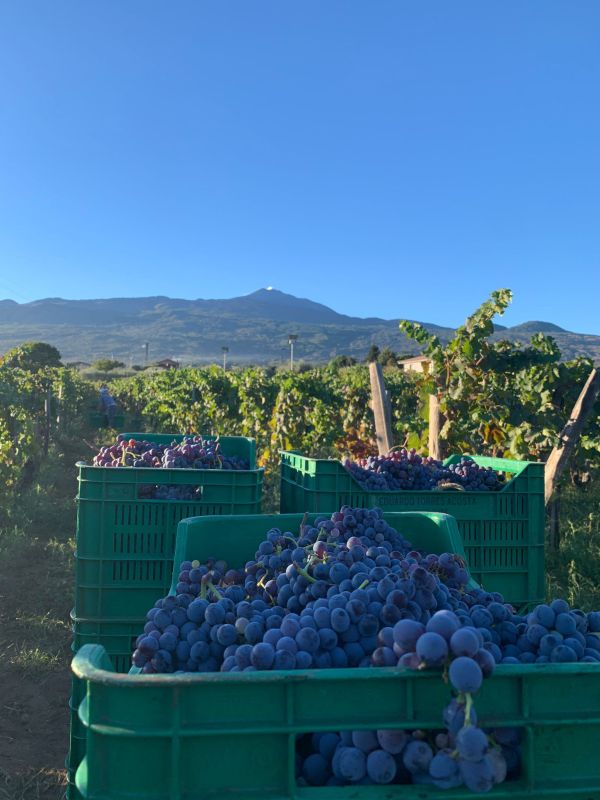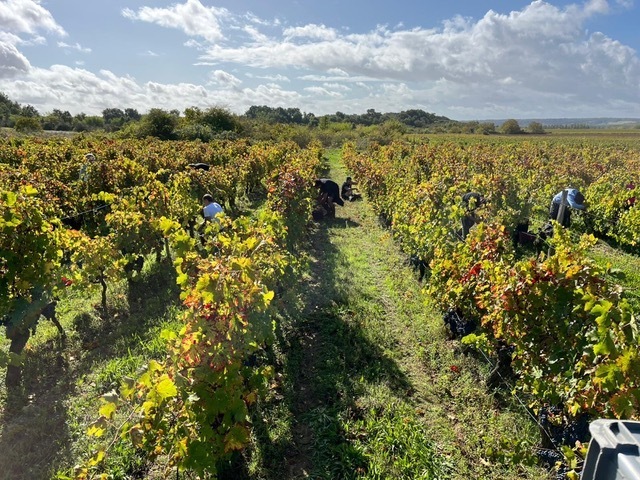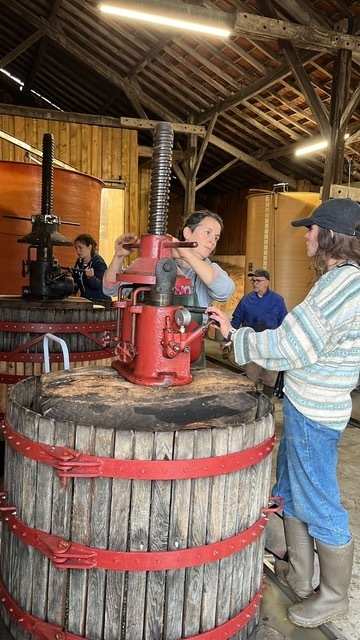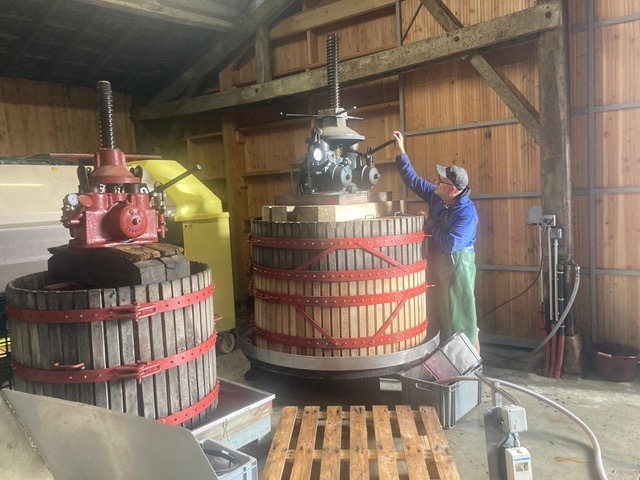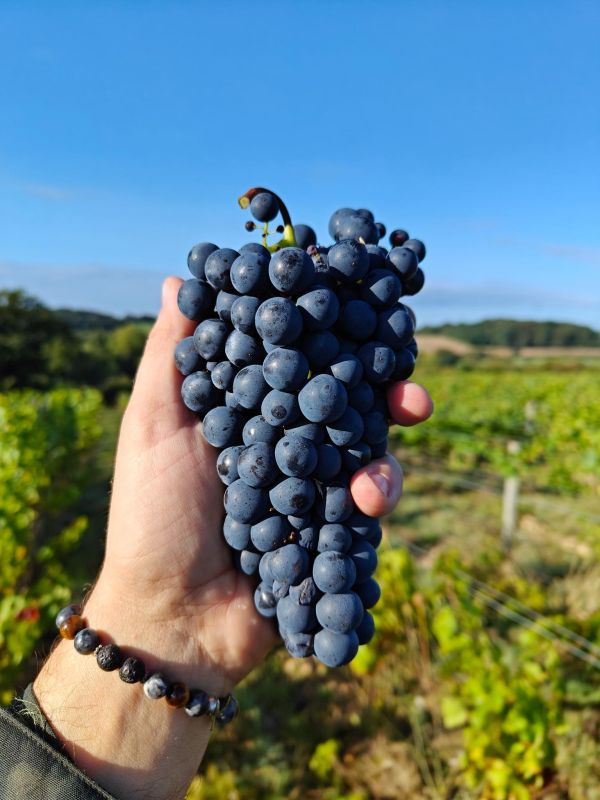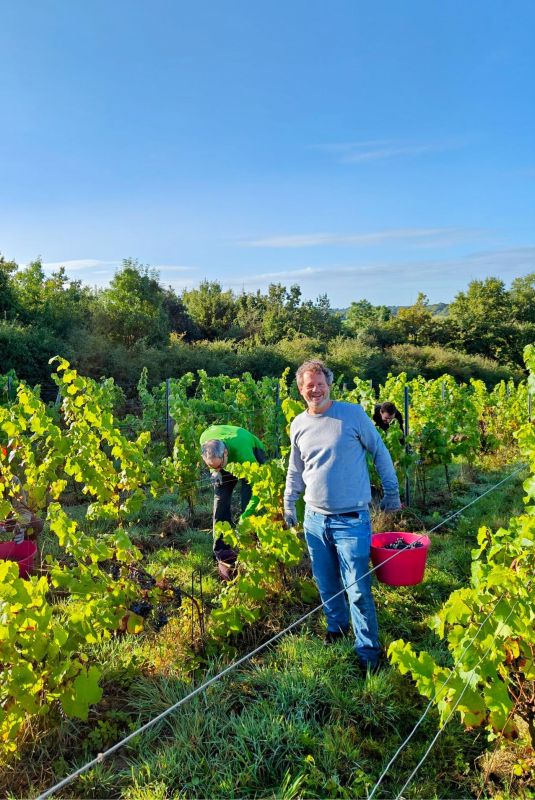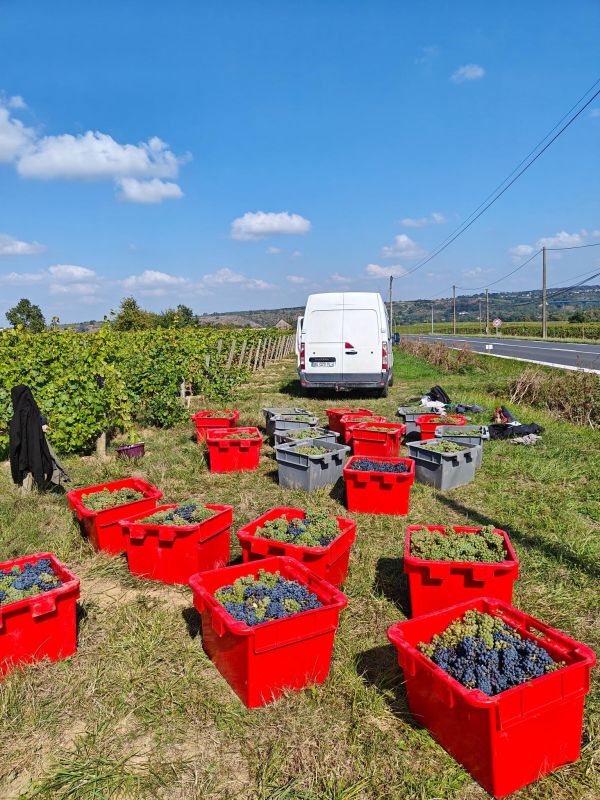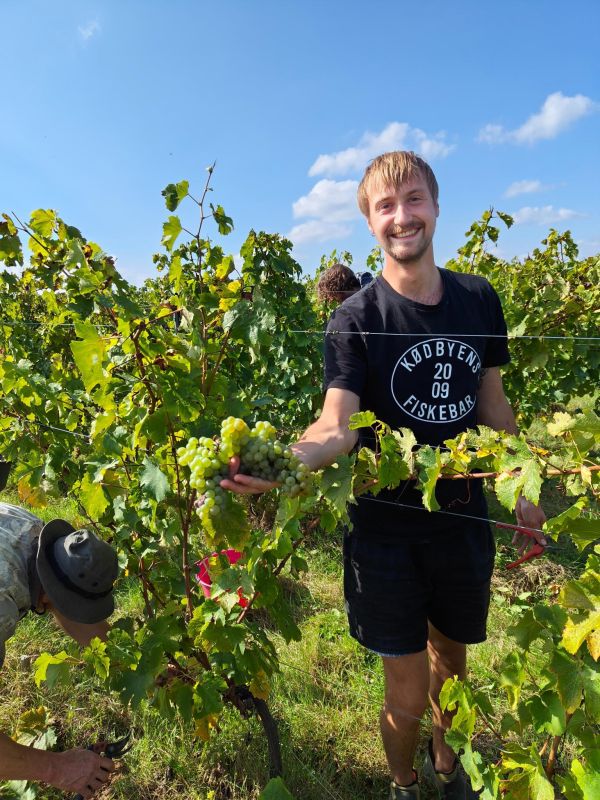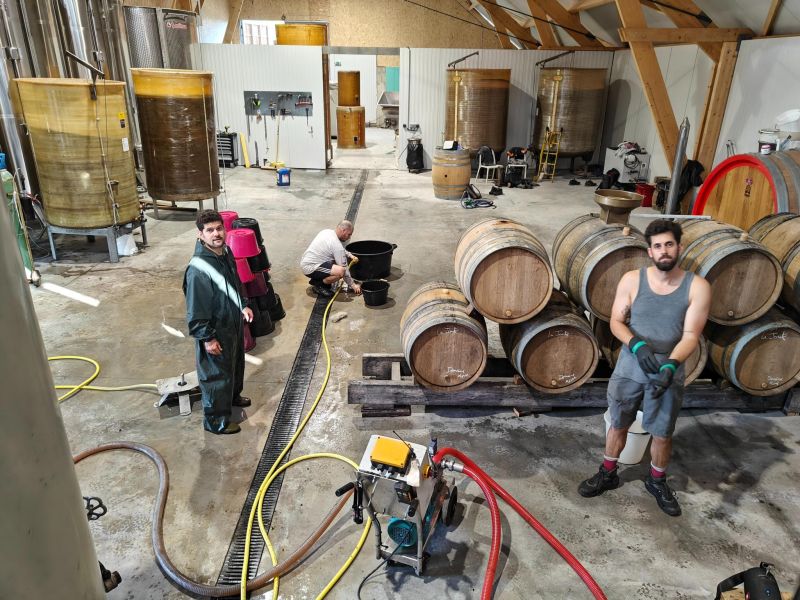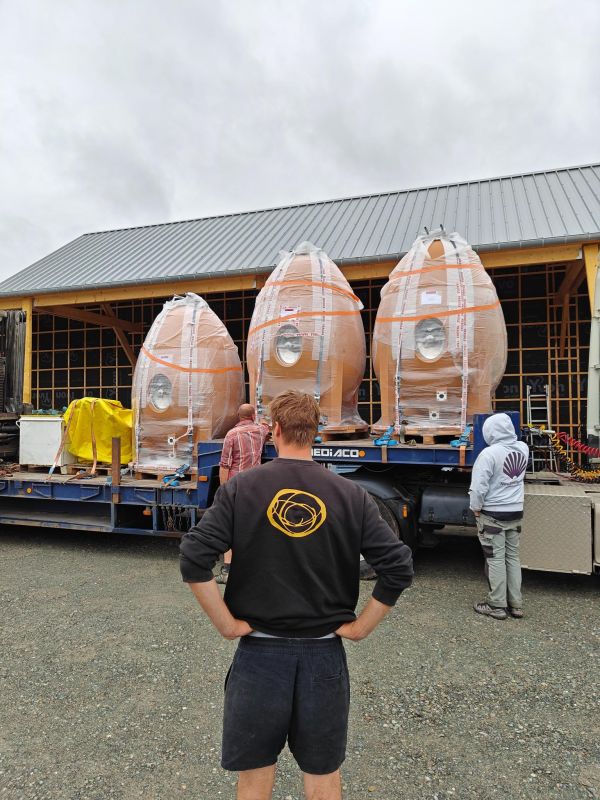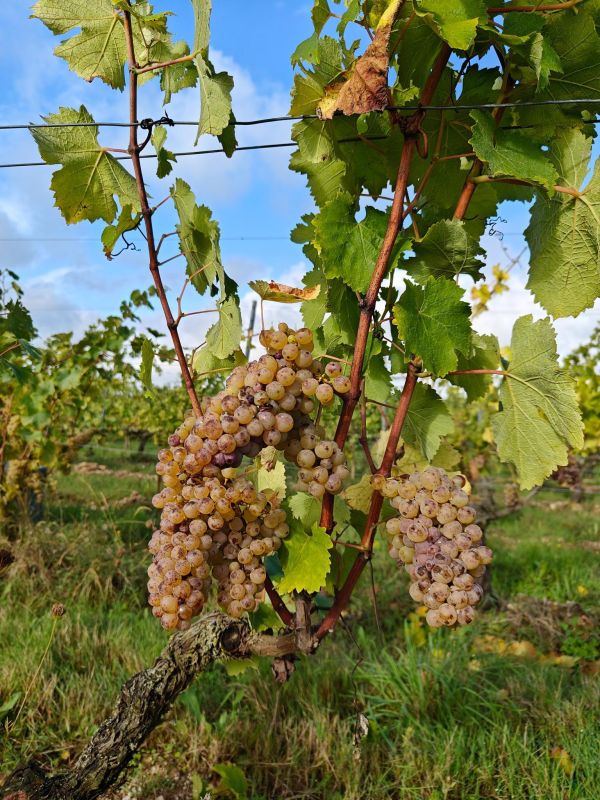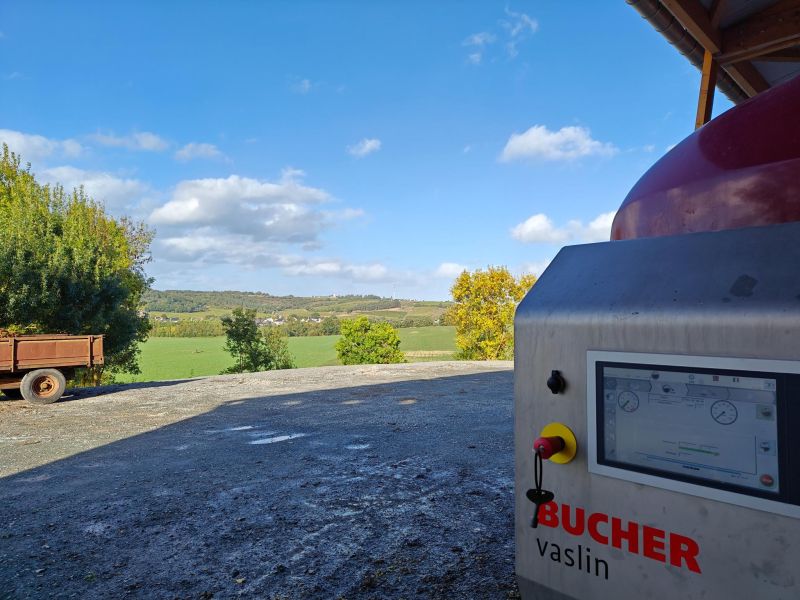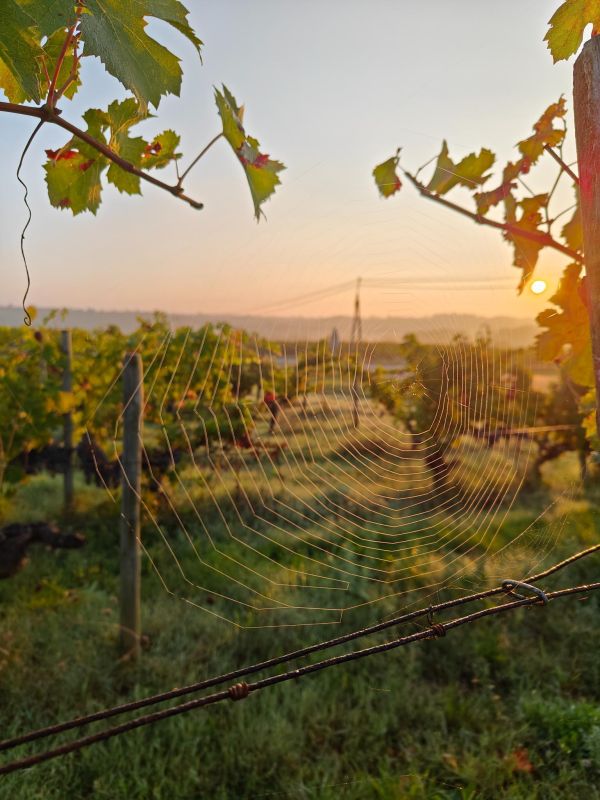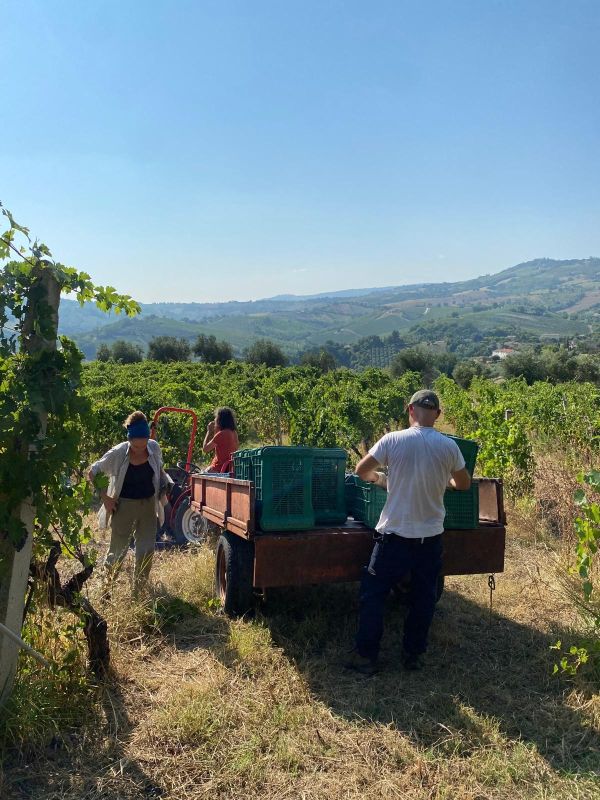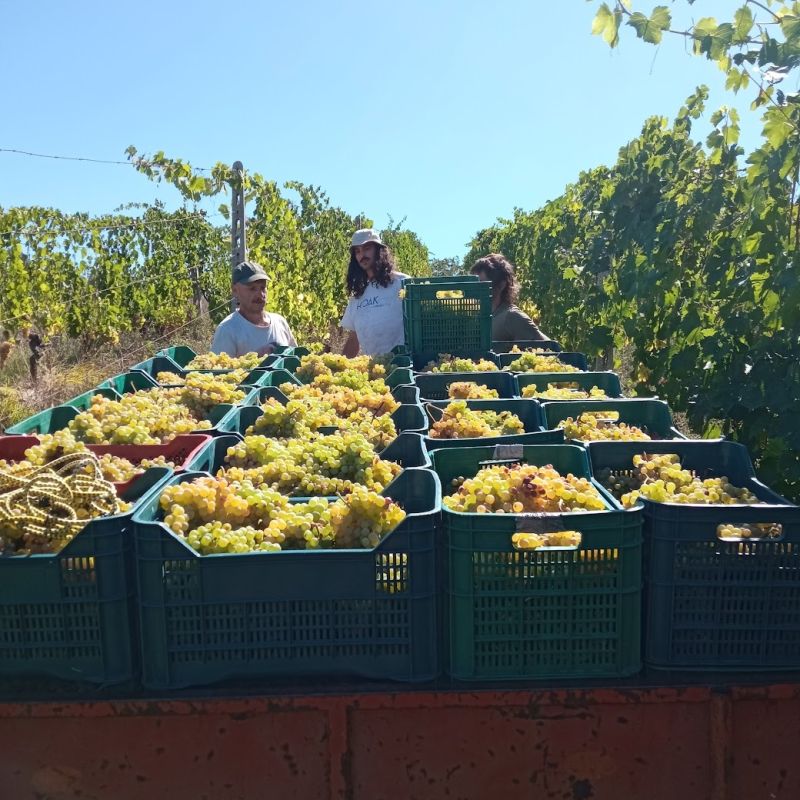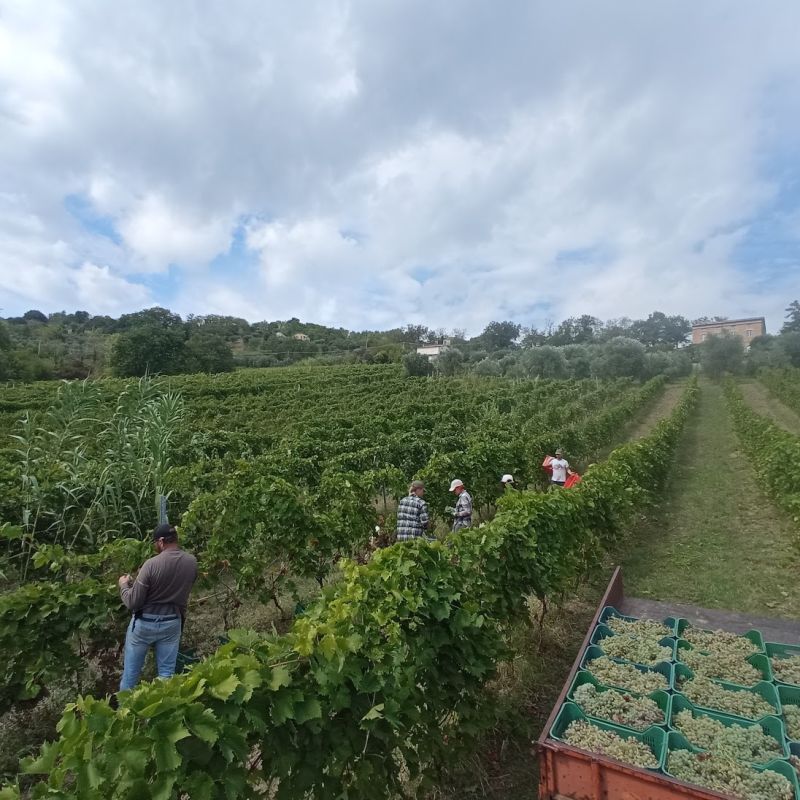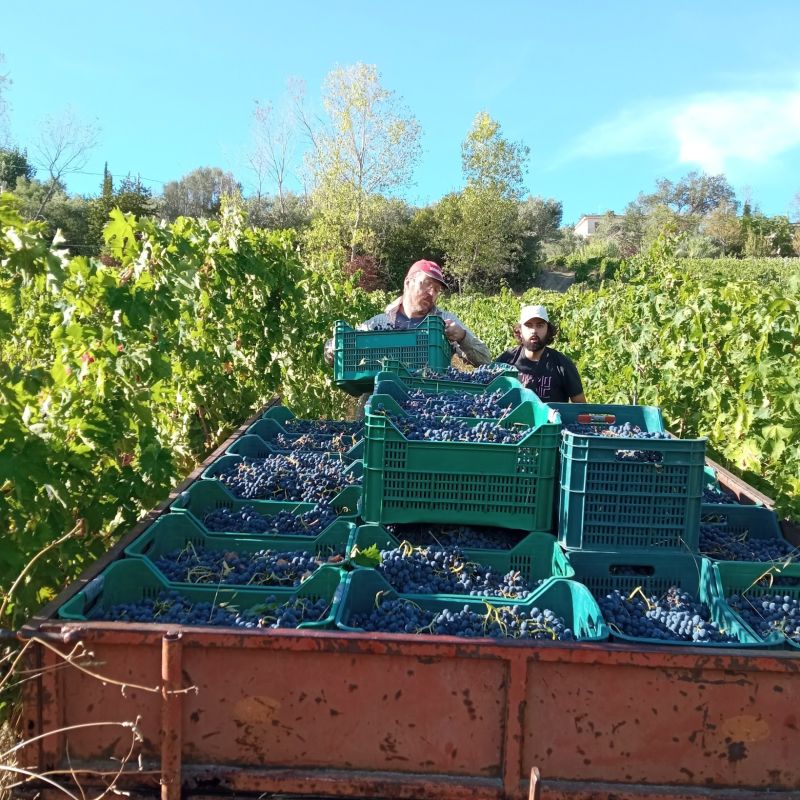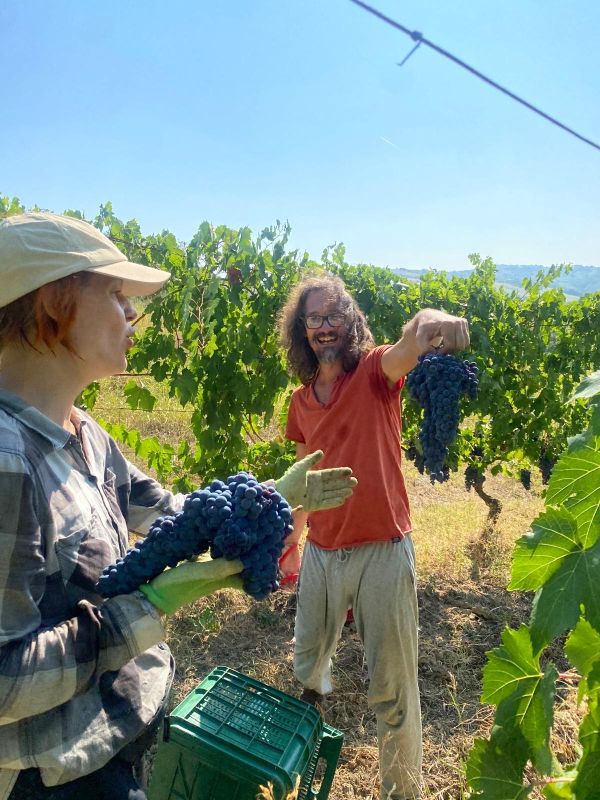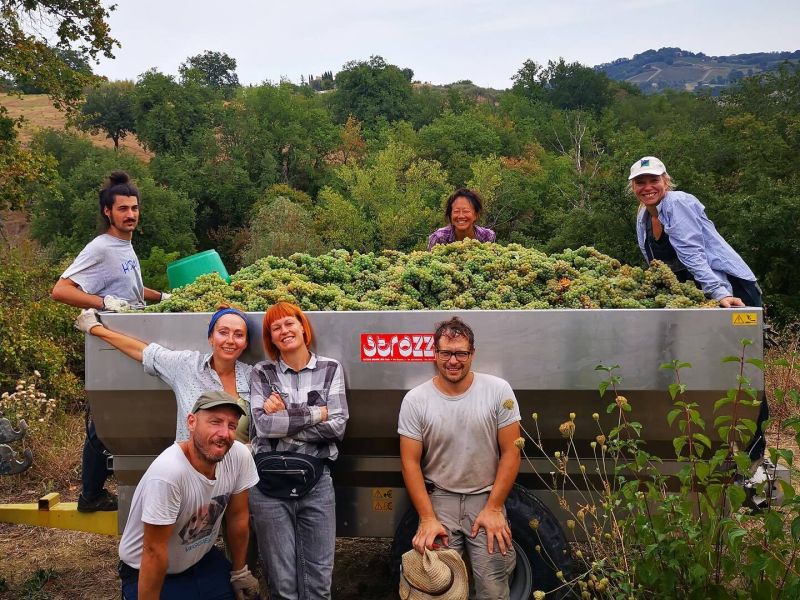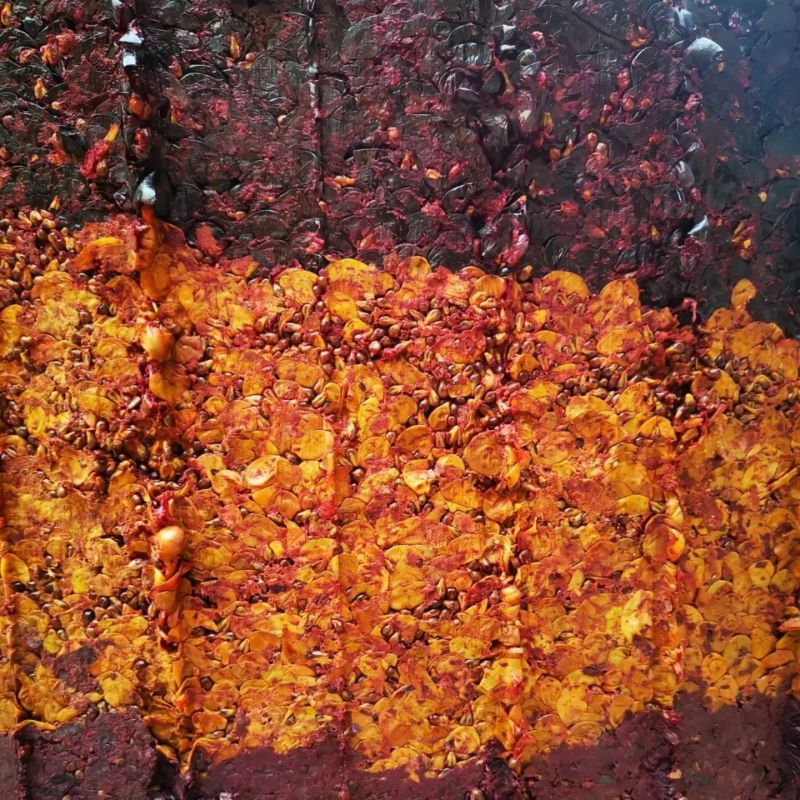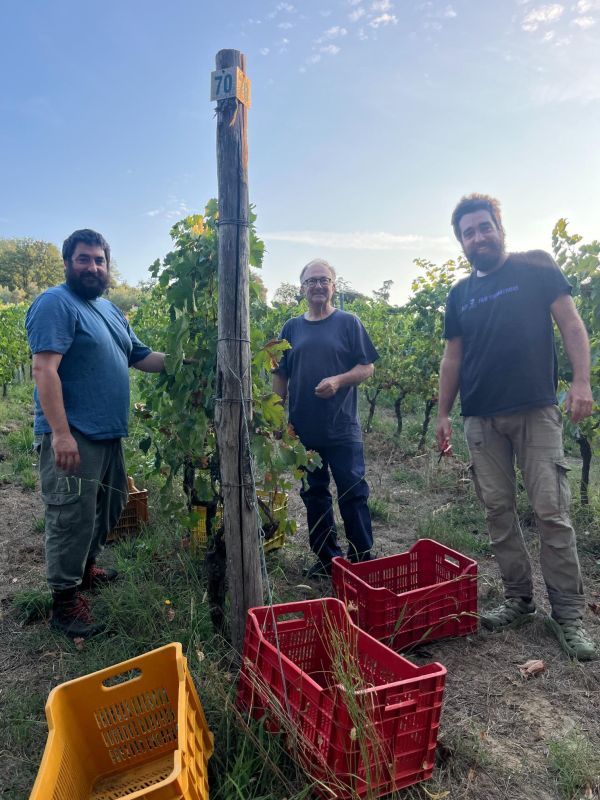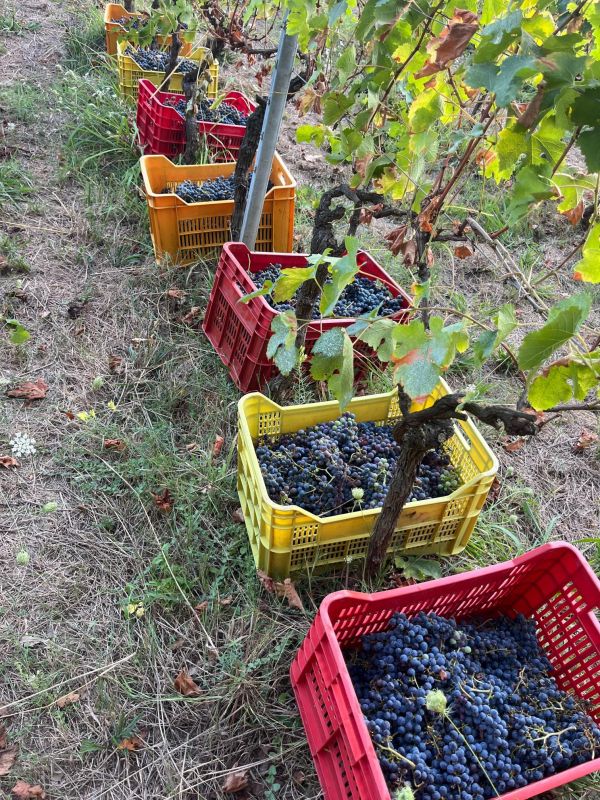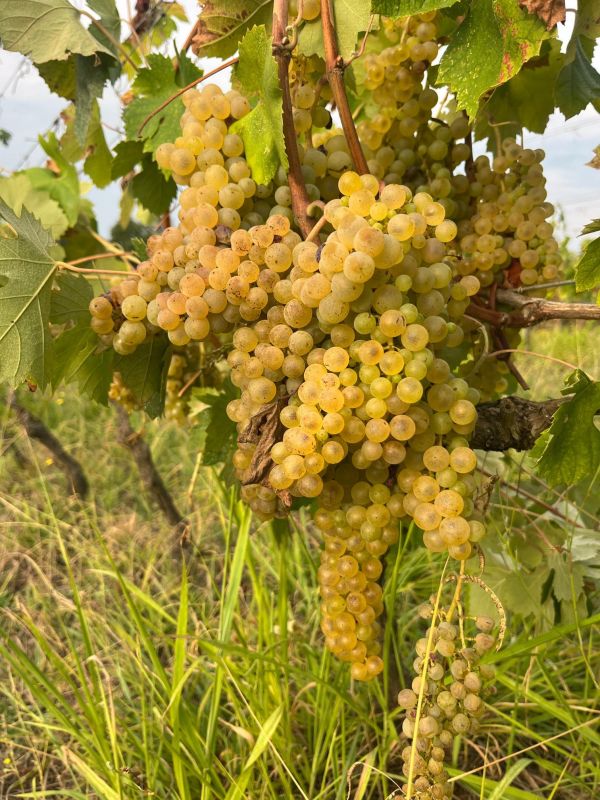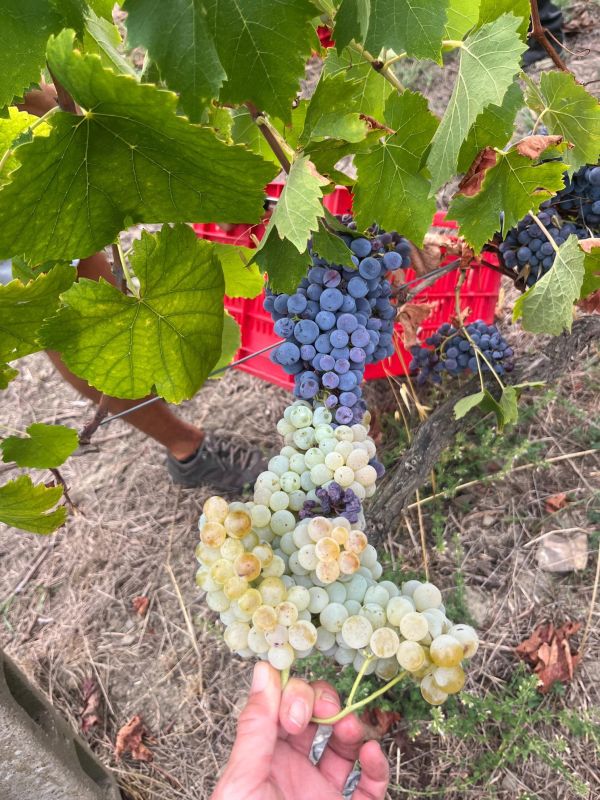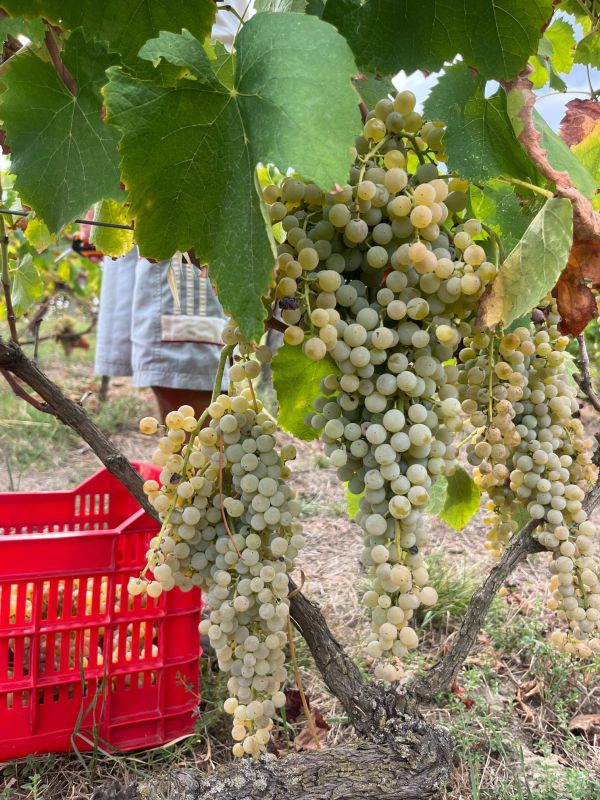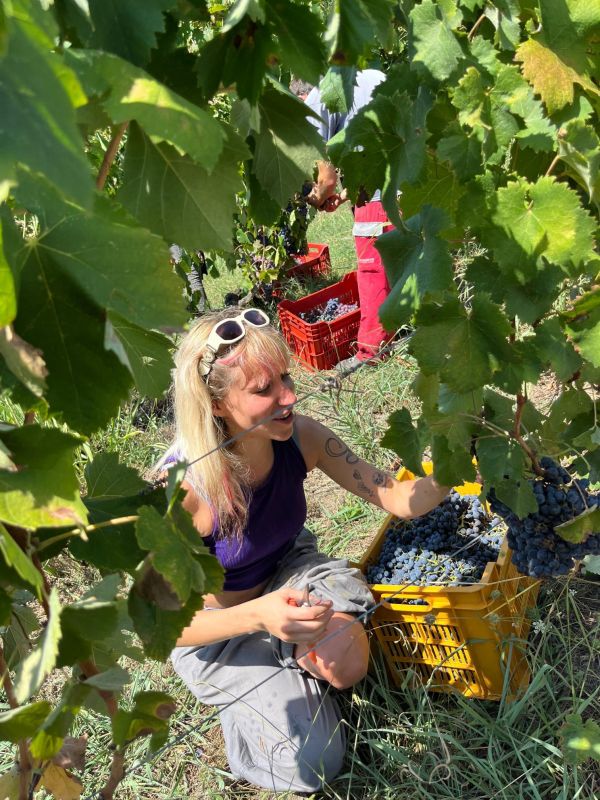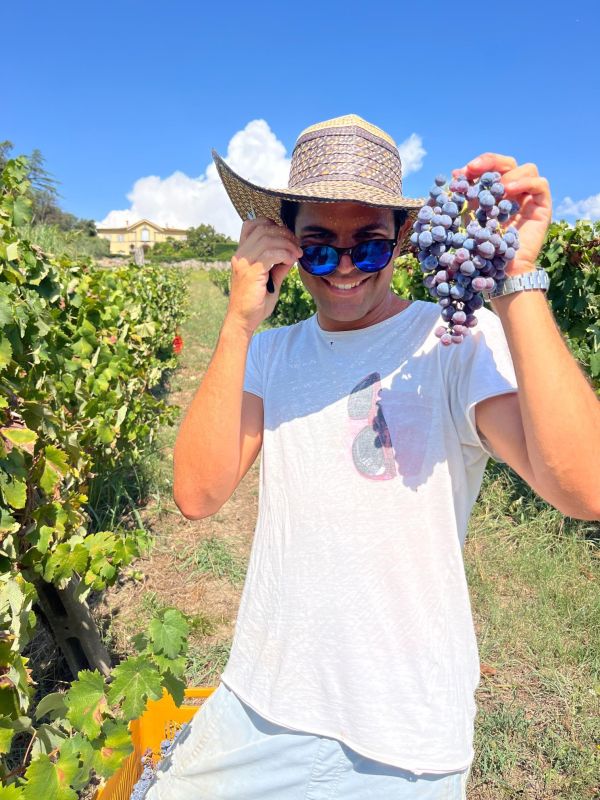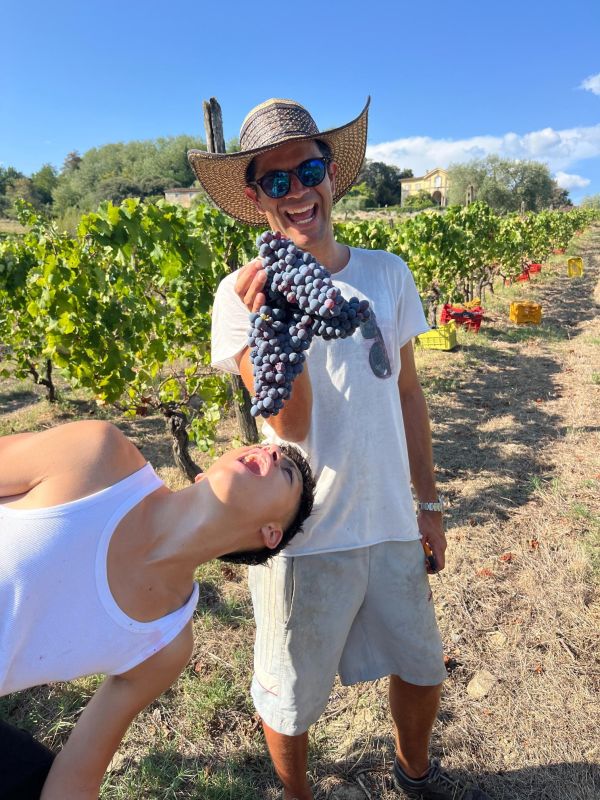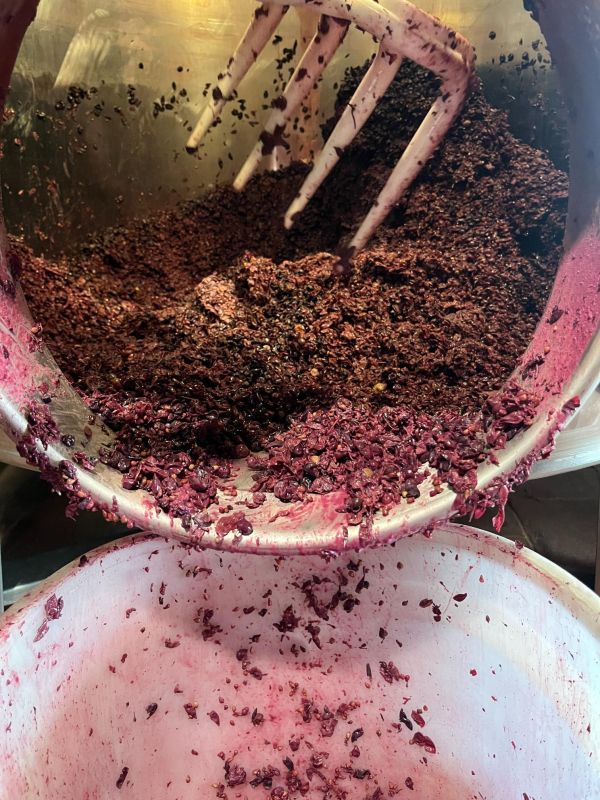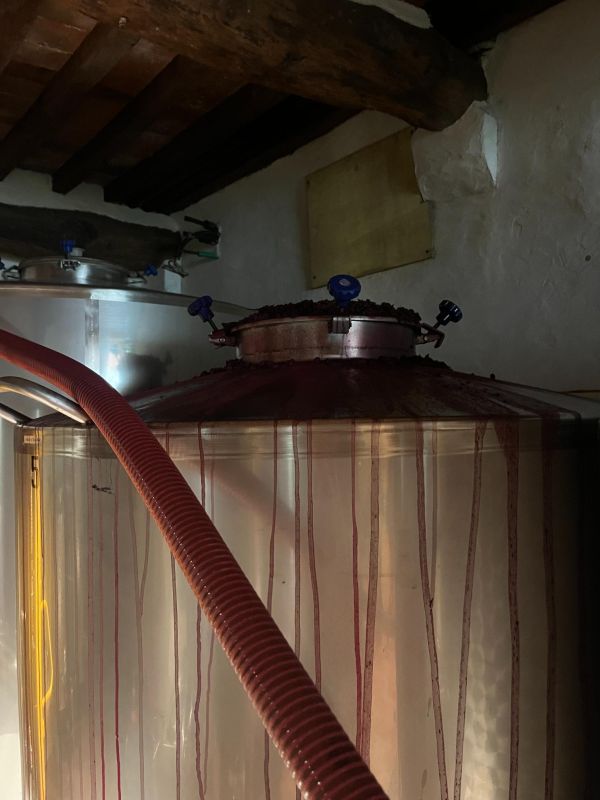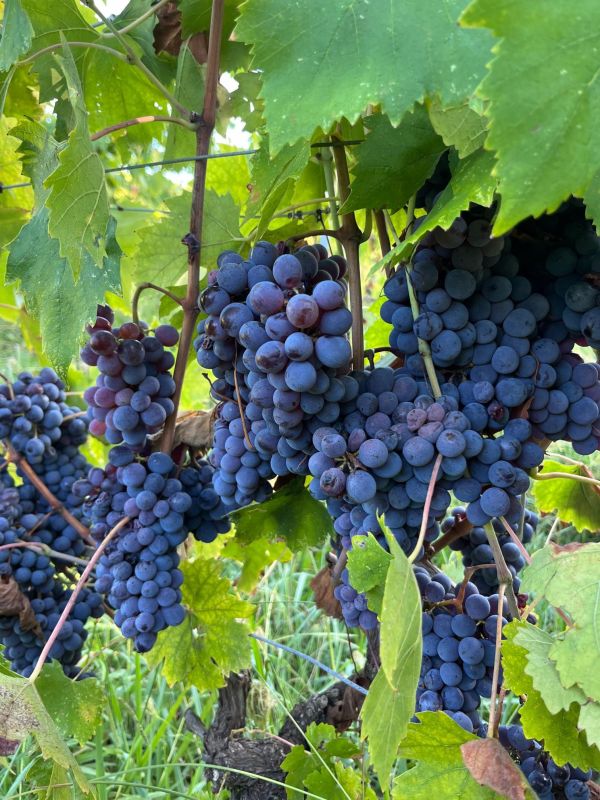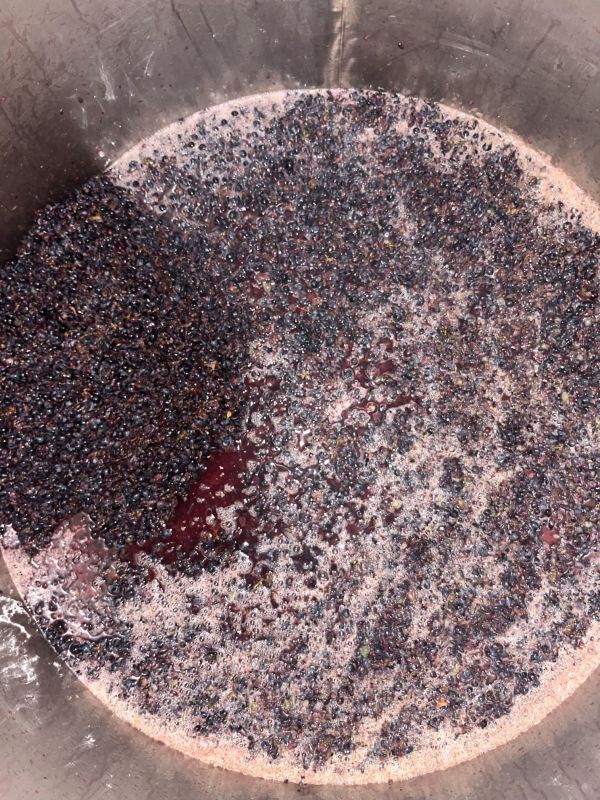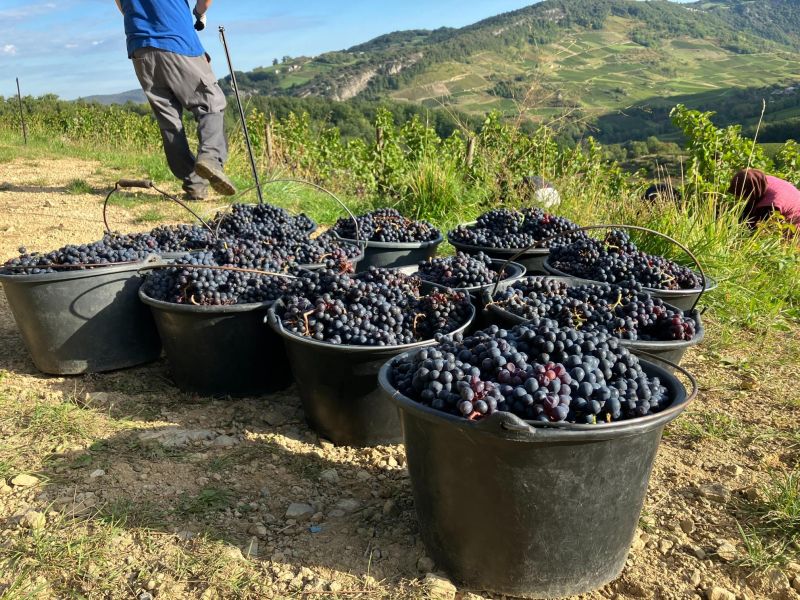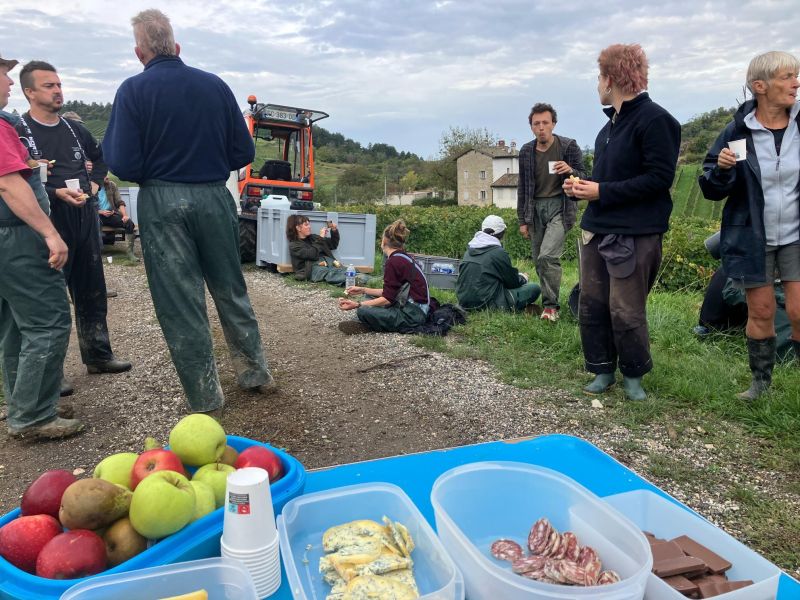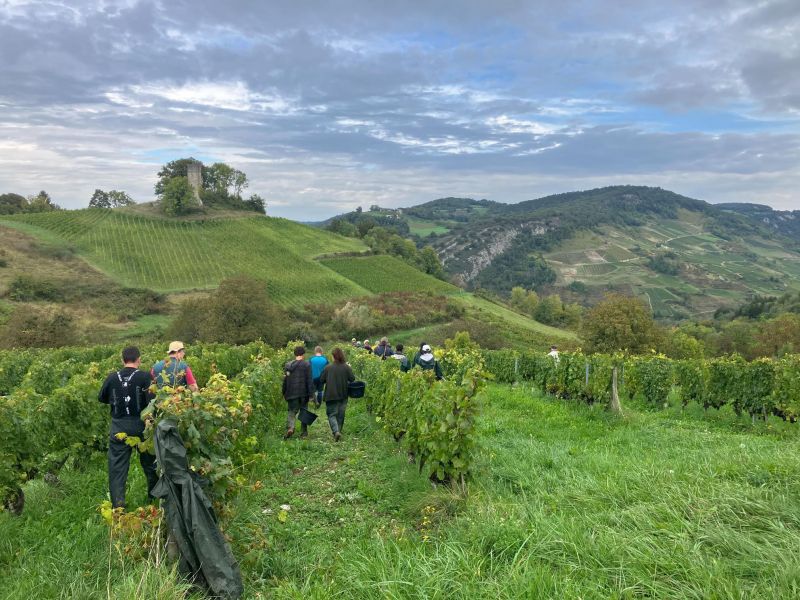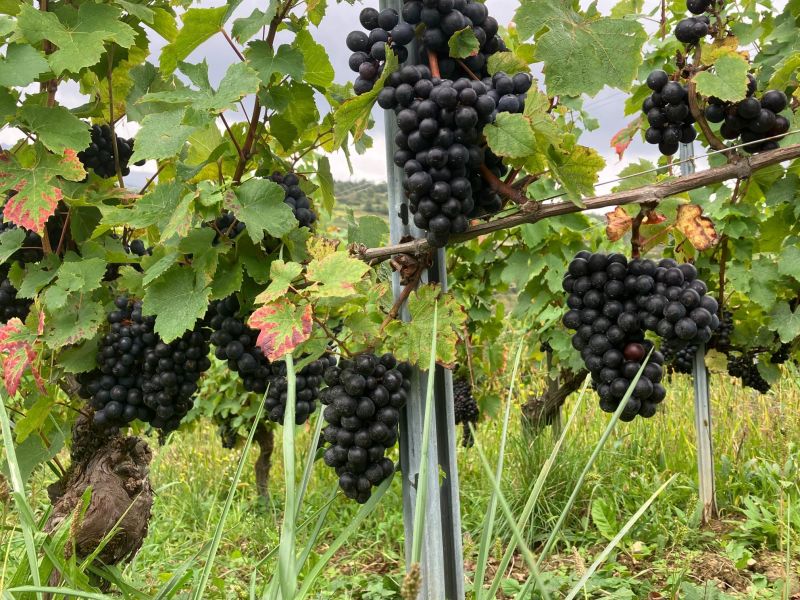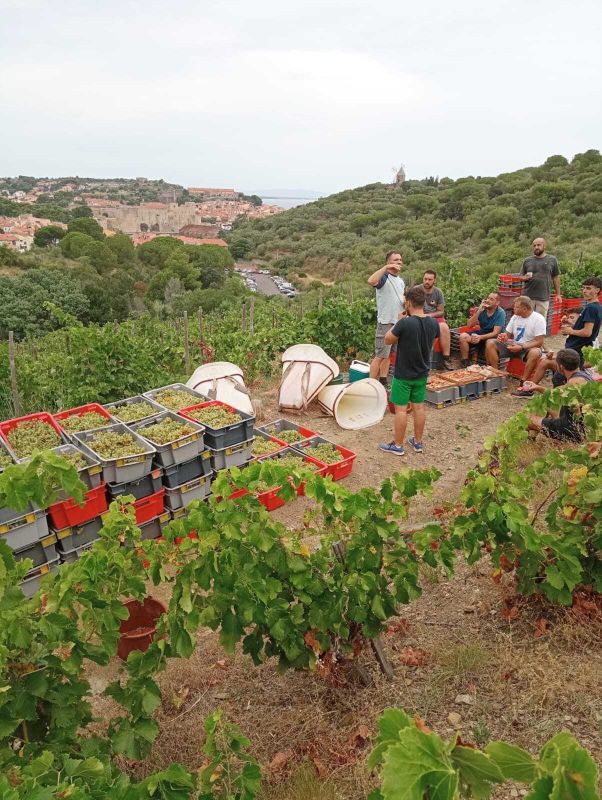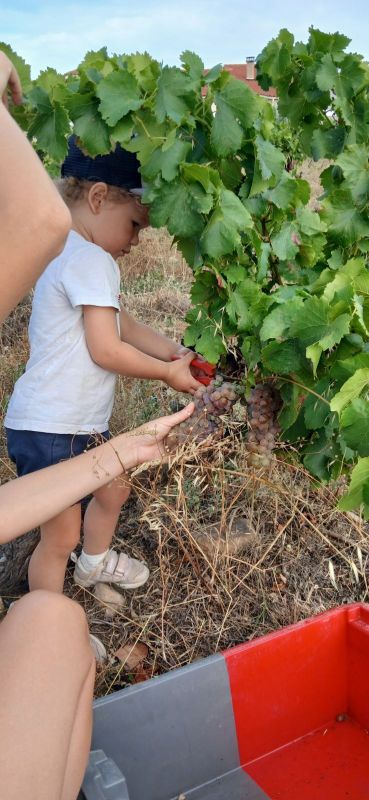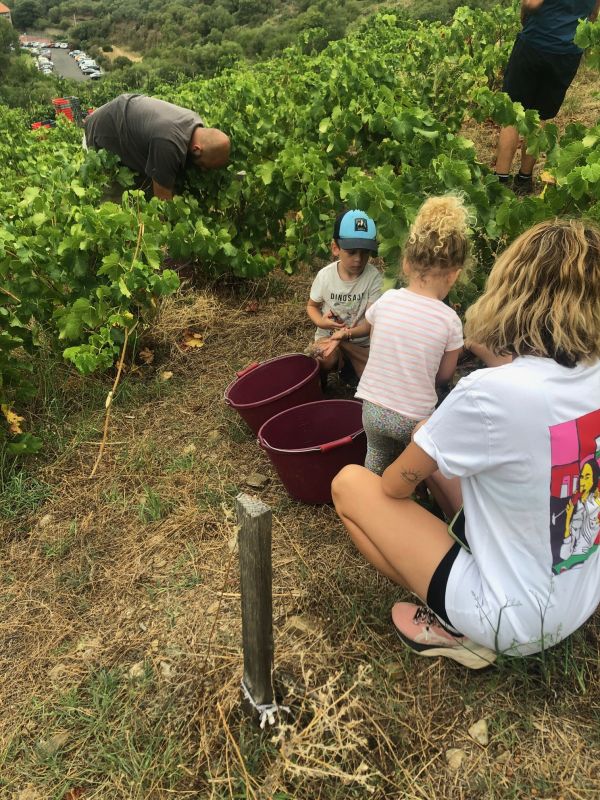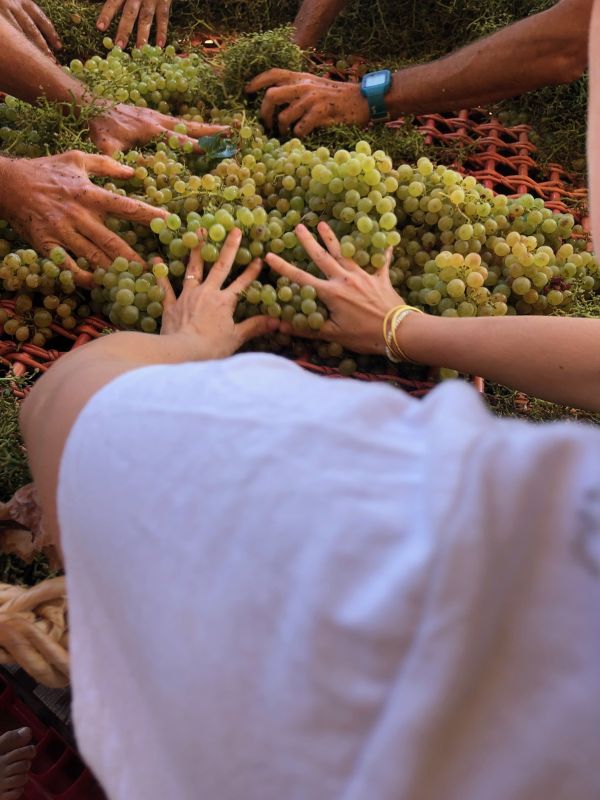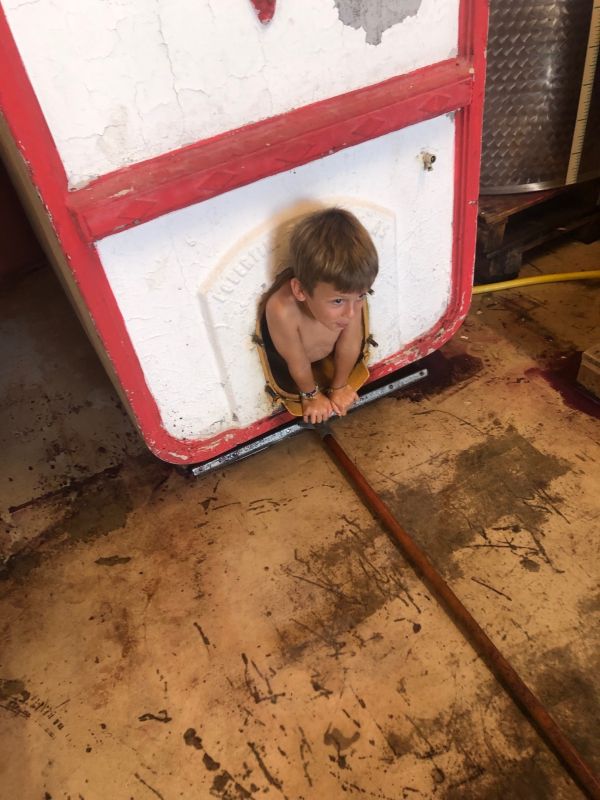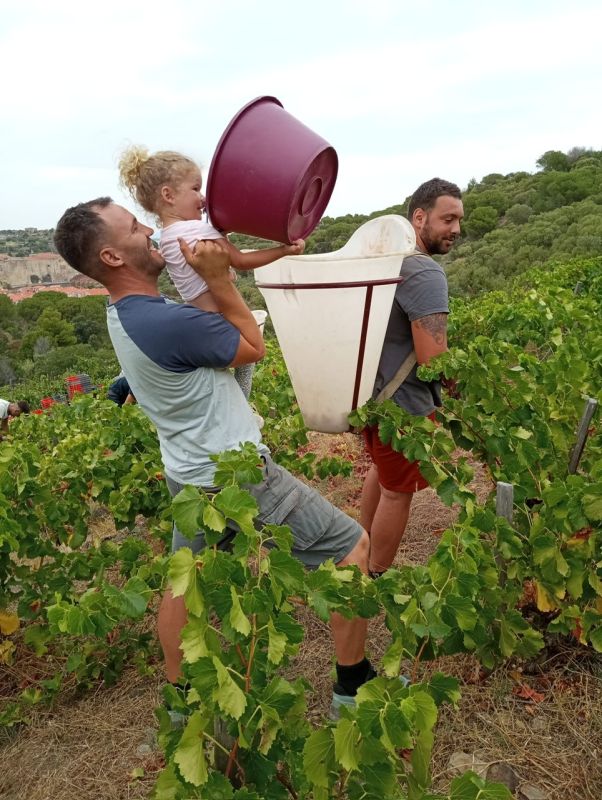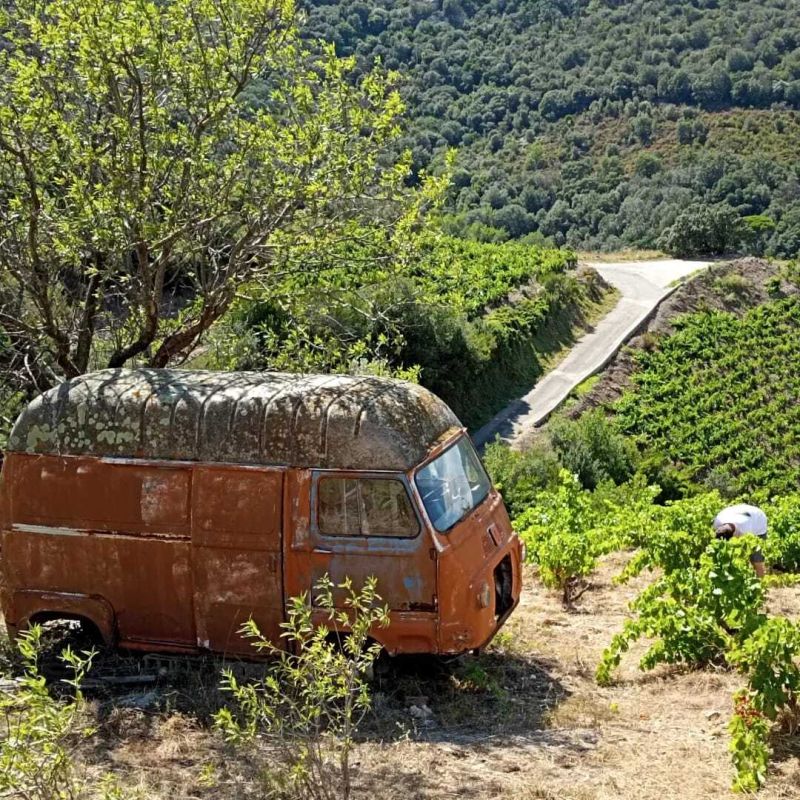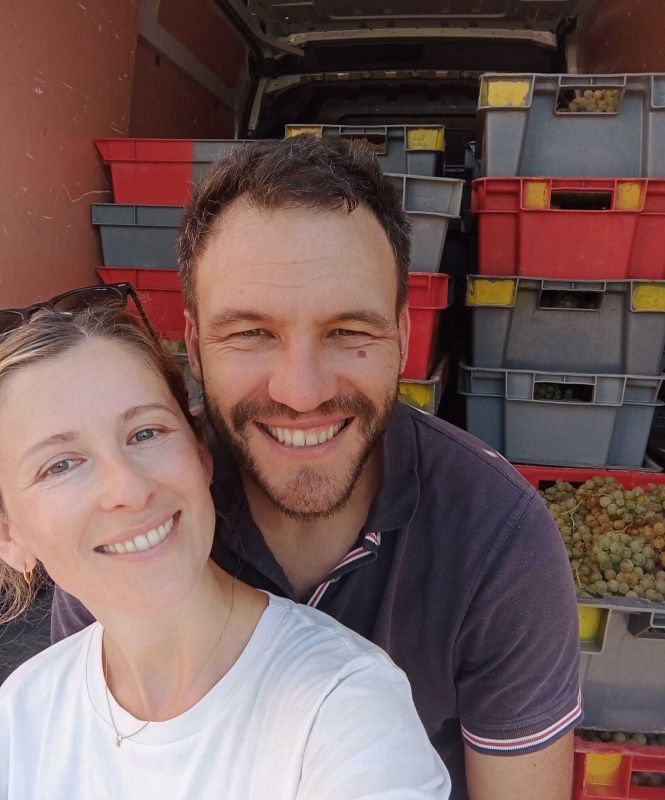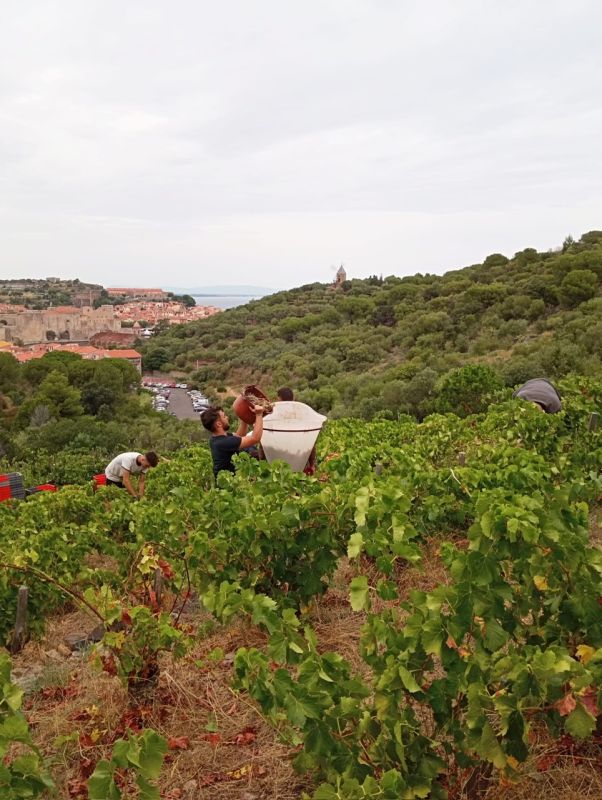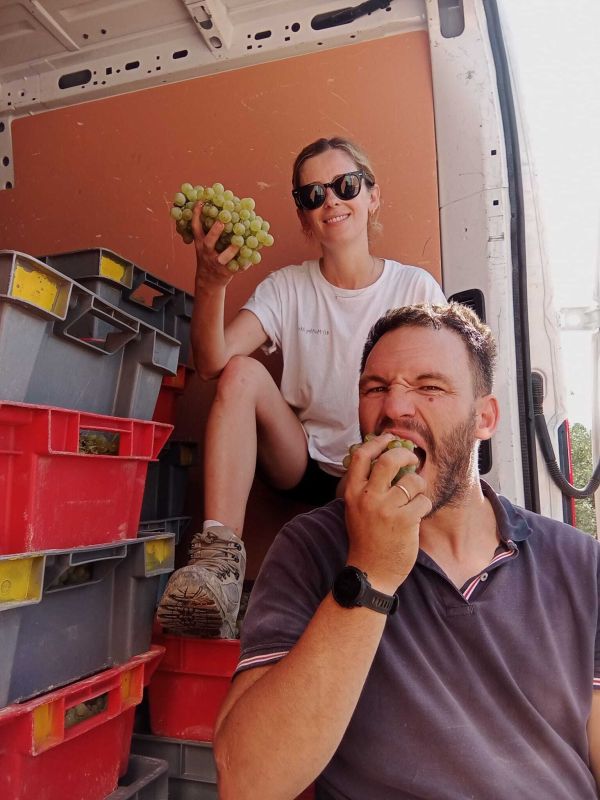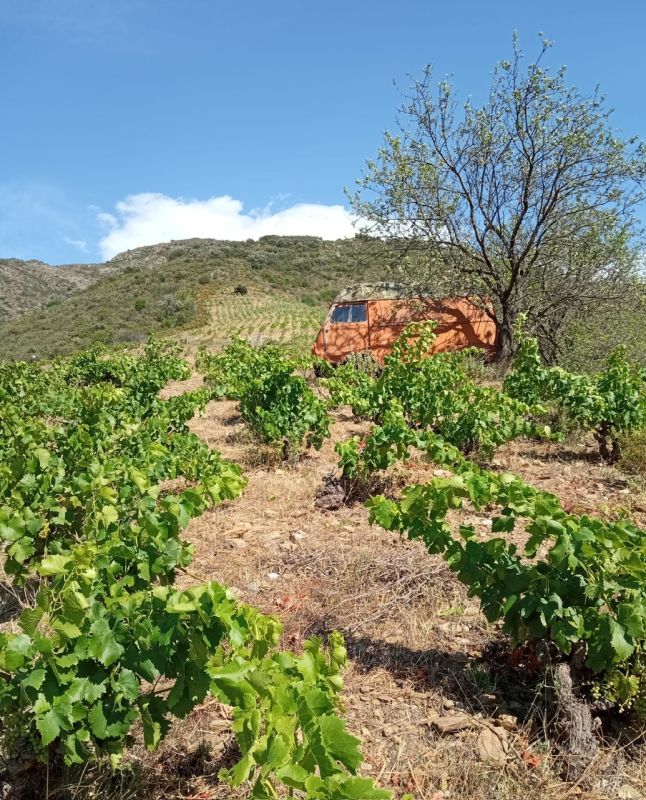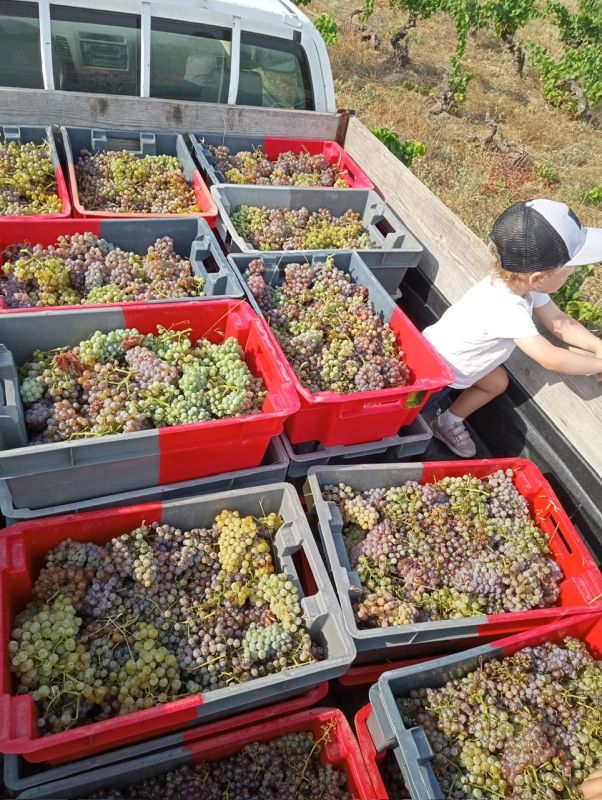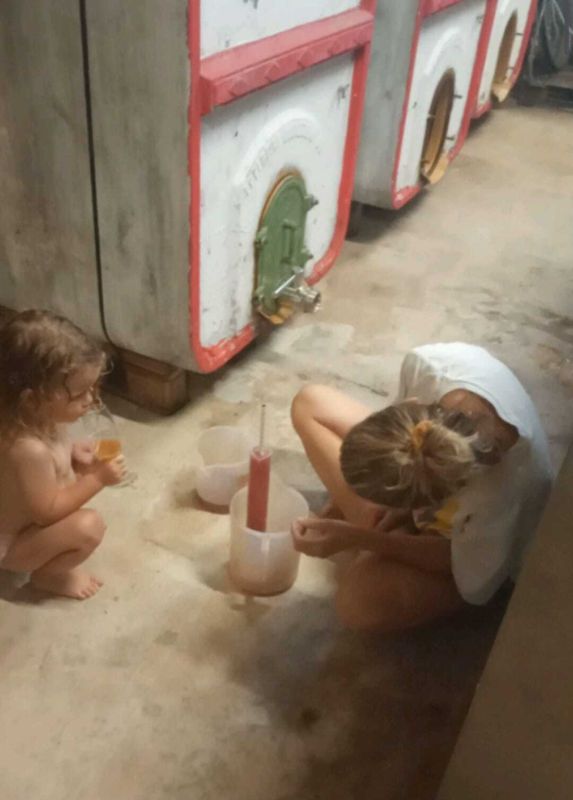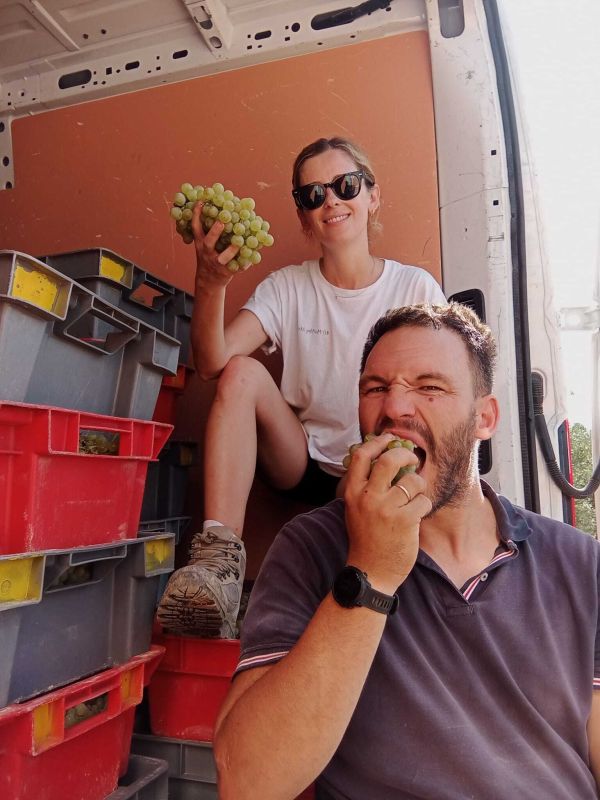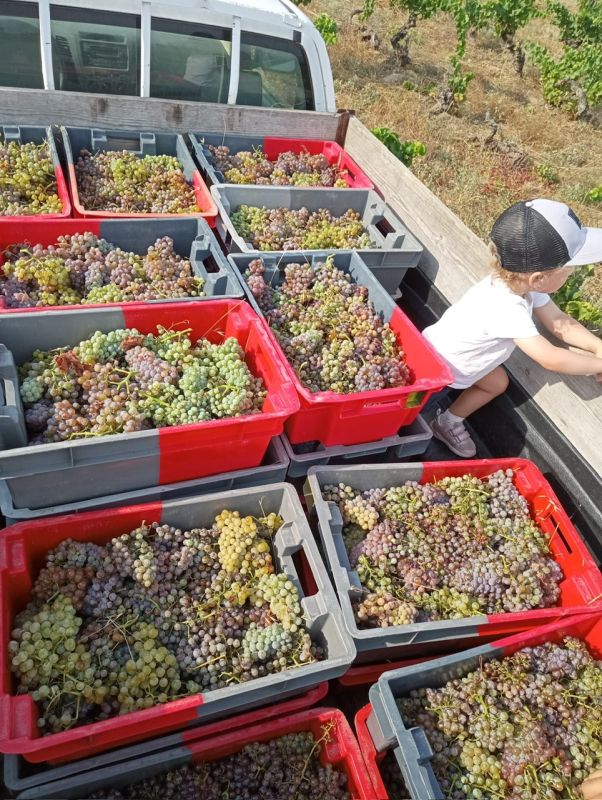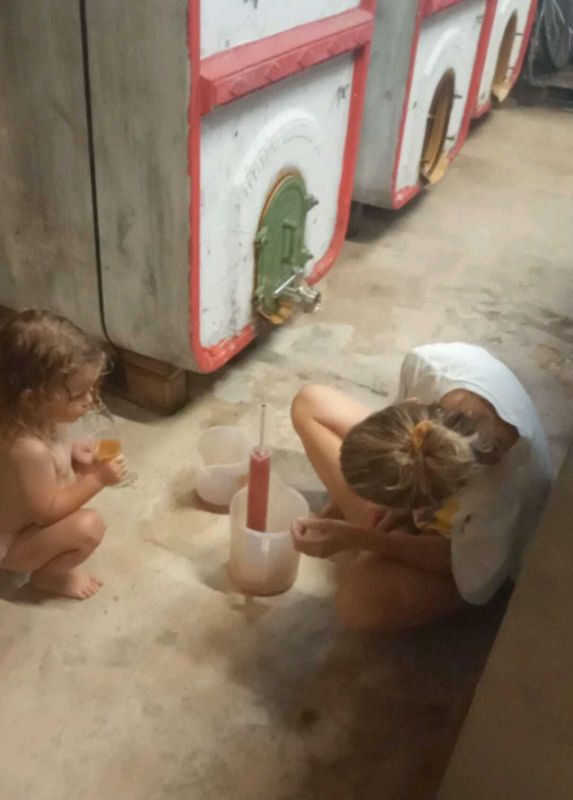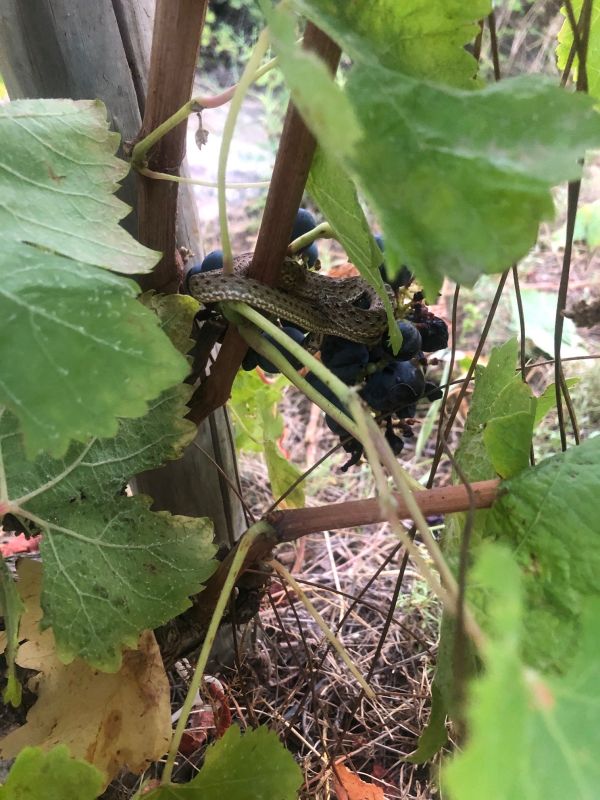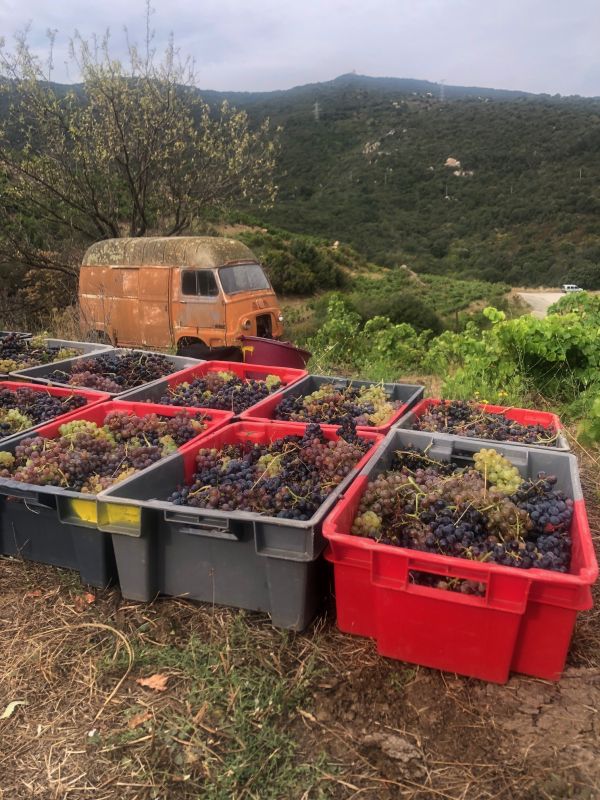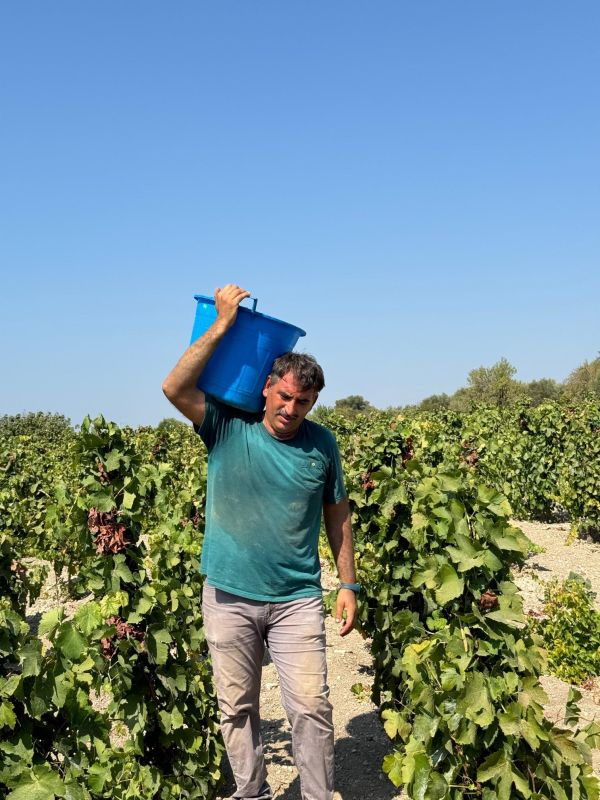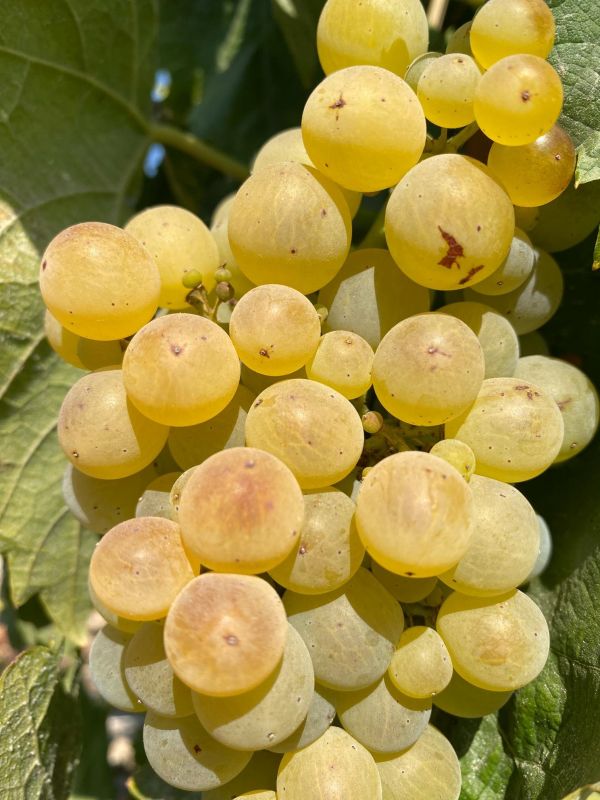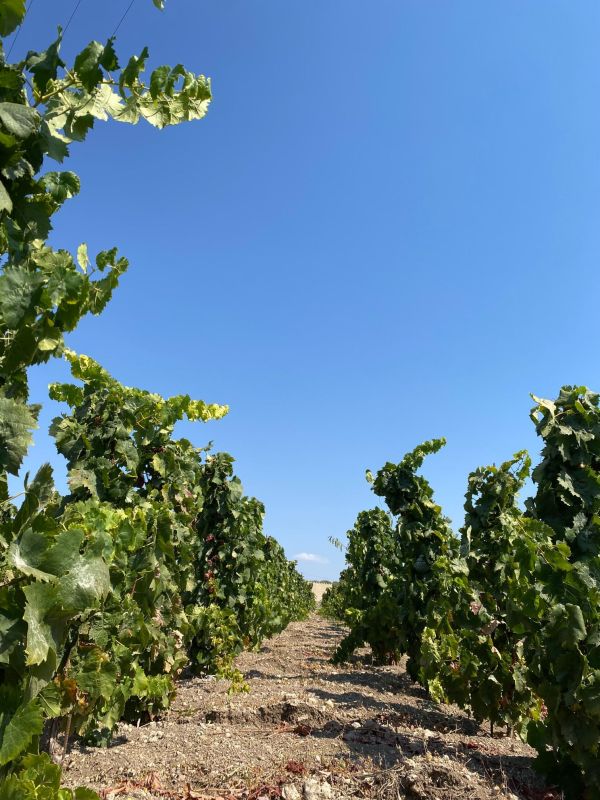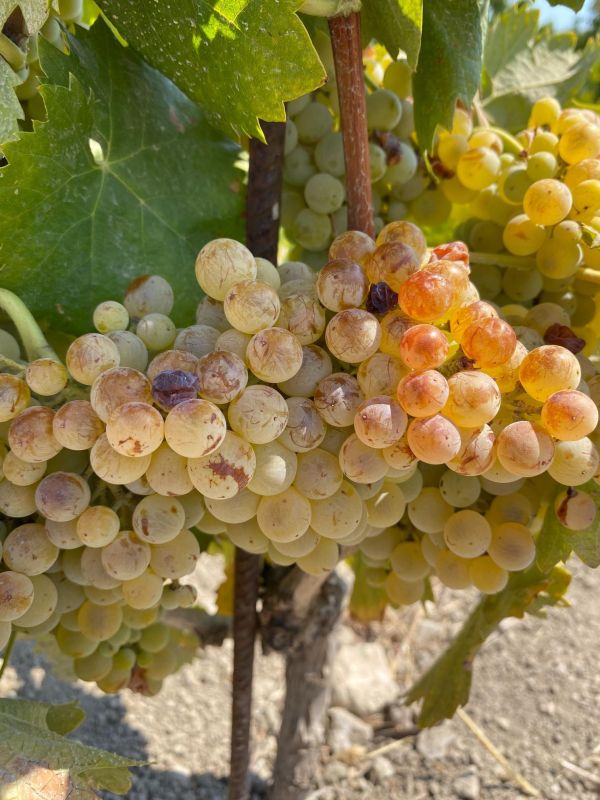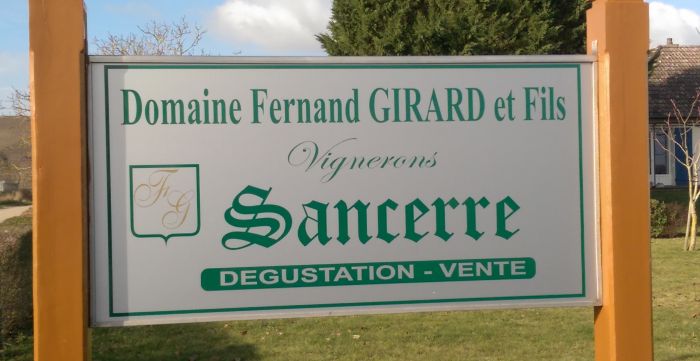2020: A Vintage with Only Two Seasons:
2020 will forever be remembered for its unprecedented sanitary crisis. In our world of wine, it will also be remembered for how precocious it was.
In the vines:
The 2019-2020 winter was the warmest in France since the beginning of the 20th century. As expected, mild winters tend to invite rain and the area witnessed many important downfalls that assured the soils would have solid hydric reserves.
March began just how February ended, with two weeks of almost non-stop rain and moderate temperatures. The second half of March was cold, but not cold enough to reverse course and stop the vegetal cycle from starting very early. A cold snap in April halted budburst, but the weather quickly warmed up and the vines kept at it. Budding occurred on April 5th, eight days early than the average this decade.
Above average temperatures persisted. By the end of April, the vines were two weeks in advance compared to a usual year. The vines kept growing through May. It's almost like 2020 is trying to become the year of reference for a precocious vintage!
The rains of May finally reactivated mildew and thus began the protective phase of our work. Overall the weather was not too favorable to mildew but there was a possibility for oidium to rear its ugly head in certain sectors so we stayed vigilant. On May 20th, the first flowers were visible. However flowering did not truly start until around May 28th, still two weeks in advance.
June's weather was more gloomy than May's, with covered skies, rain and lower temperatures than usual. The phenological advance of the vines therefore did not accentuate itself in this period. We also had hail storms at the beginning and end of the month.
The clusters began to form in early July. We were feeling more at ease at that point: véraison took place the last week of July, the result of a very dry month.
Maturation:
The maturation took place in an August marked by extreme heat waves. We've once again suffered losses from burnt clusters, as bad as 30% to 50% in the most exposed parcels. Fortunately, a bit of rain in the middle of the cycle made the clusters plump up. While sugar concentration remained normal, it feels like these episodes of heat waves create a kind of degradation of the grapes' malic acid. Tartaric acid, on the other hand, remained present and in fact was above average for the decade. As the heat persisted, we saw very aromatic maturities and phenolic ripeness.
The harvest:
We began picking on September 7th with the most precocious Sauvignon plots then went into the reds. The temperature that first week was actually under average. The weather gave us the luxury of being able to let many days go by in order to harvest each parcel at its optimal maturity. But by the second week the sugars were rising very quickly. We had to move fast, but also reorganize and only pick in the very early morning or in the evening because it was just too hot.
First impressions of the vintage:
The wines are well rounded and show remarkable concentration. On the palate the whites show a superb expression, with different balances depending on when they were harvested. The grapes picked the earliest are more sharp and mineral, and as you go further and further in time the wines get fatter and creamier.
The reds show a color of deep ruby and nuances of purple. The nose is complex, mixing fresh red fruit and riper fruit. Our cuvaisons and extractions were well adjusted to the vintage to give the wine good structure and round tannins. We think that the malolactic fermentation will harmonize things even further.
In the end, it is a very promising vintage.
